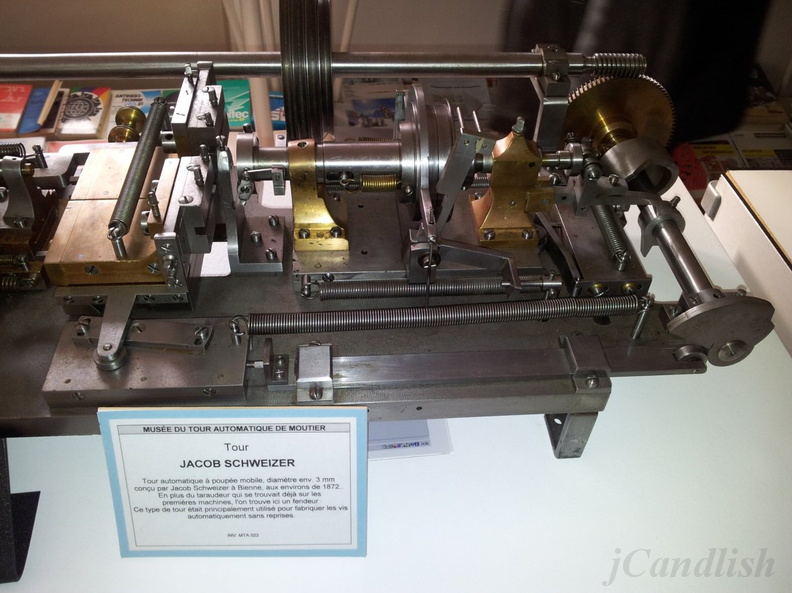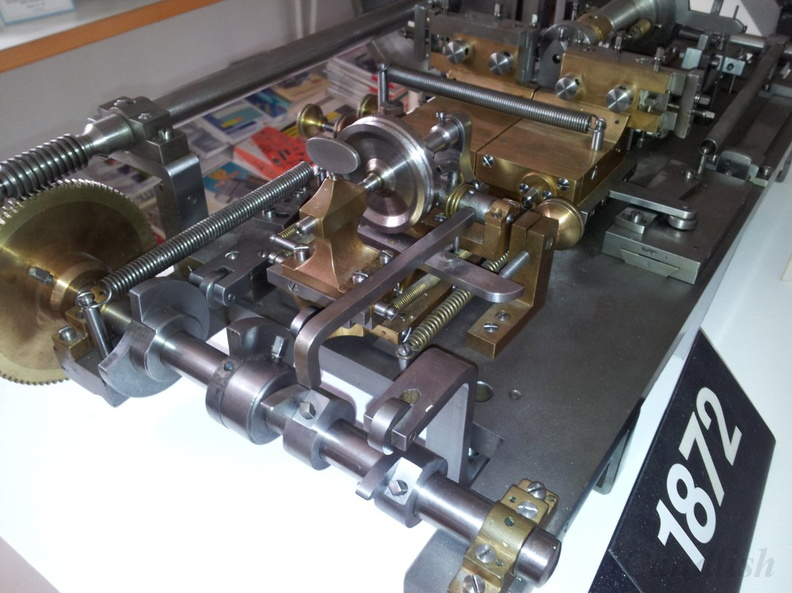Newbie question...Does the roundness / tolerances of your stock affect the tolerances of a finished part? If so, why?
When machining with tight tolerances, it seems most people use ground stock...is this because of the tight(er) tolerances needed to properly hold the work? I could see this being more important if using collets or bushings.
If we had a mythical machine with zero runout, could we take a bent piece of stock and turn in perfectly true (ignoring deflection and other variables)?
Does the roundness / tolerances of your stock affect the tolerances of a finished part?
NO. The material being machined is brought into spec no matter what the original stock size was.
If your turning a major OD to 2.0000 from 2 1/4 stock, the stock could have a tolerance of +- and 1/8, makes no difference to the finished product.
When machining with tight tolerances, it seems most people use ground stock...is this because of the tight(er) tolerances needed to properly hold the work? I could see this being more important if using collets or bushings.
This is hard to answer really, it all depends on the application and setup.
Hot roll is much cheaper but when dealing with production in some applications the cost savings gets eat up quickly dealing with work holding issues
of inconsistent stock size and dog legs in material.
Again it all has to do with application, if your turning under the stock size and are using hard jaws in a chuck then the cost saving of hot roll is the better choice. Rough turn, then finish will deal with any movement of the material and make a good part, even if your working with tenths.
If we had a mythical machine with zero runout, could we take a bent piece of stock and turn in perfectly true (ignoring deflection and other variables)?[/
Absolutely, its done everyday all over the place.
It is common when working with hot rolled ht/sr shafting material to have a 1/8 dog leg in it, you just make sure to order large enough stock to be able to machine major diameter.
If your finish OD on a 6' long shaft is 5" and you order 5" 4140 hot roll HT/SR your going to be sad. It most likely will NOT be straight.
You would order 5 1/4 stock instead.
Why not just buy 5" ground stock?
Ground stock especially in larger sizes is expensive as a mofo.
Cheaper and better for the machinist (talking shaft work) to have some material to work with to control run out during the machining process so when its done you have close to zero run out. Its a bitch to rough a bunch of material of a shaft that has an area you cant machine and maintain zero run out, can be done but more of a pain in the butt versus being able to machine the whole shaft.
The above is just my honest opinion on metal working, others may disagree but it is what it is.



